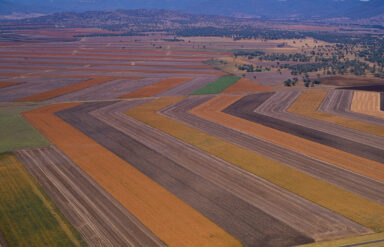Surge in Asset Valuations
Economic conditions have continued to improve during March, and the combined impact of continued monetary and fiscal stimulus with strong household and business balance sheets has resulted in upgrades to future growth expectations. While the outlook is improving and asset prices are buoyant, wage and pricing pressures remain subdued and official interest rates are set to remain at current (historic low) levels for the medium term. The Reserve Bank of Australia has cautioned that in the environment of rising house prices (the March increase of 2.8% is the largest in 32 years) and low interest rates, trends in housing borrowing will be monitored carefully to ensure that lending standards are maintained, suggesting the possible re-introduction of macroprudential policies. These policies, including limits on investor lending and interest-only loans, have previously resulted in stable asset markets by removing the more speculative aspects of demand, while also increasing the level of quality investment opportunities available to non-bank lenders.
In our specific investment markets of commercial real estate and agriculture, conditions are consistently improving. The recent “Investment Review & Outlook 2021” from JLL Research has highlighted positive trends for the office market, with leasing enquiry and activity beginning to recover. JLL expects a “K” shaped trajectory – a divergence in vacancy between prime grade assets, which are recording high occupancy rates, while vacancy pressures are displaced to secondary grade assets. JLL also notes the medium terms supply pipeline for office markets has been lowered over the 2021-2024 period. The Partners Fund has ~25% exposure to the office market and our strategy in the sector has been consistent with this outlook.
The timing of heavy rains across NSW has also been largely positive for farmers and the tightening global supply demand equation for many agricultural products will ensure strong prices and revenue for our borrowers. This reduces the downside risk of Australian farm credit, while the large agricultural funding gap (estimated to be $7.5bn annually) will continue to provide attractive investment opportunities.
The general macro backdrop has enhanced the credit quality of all our hard asset backed loans. The focus at this point in this rapidly advancing cycle is evolving our asset allocation to subsectors with less competition.



